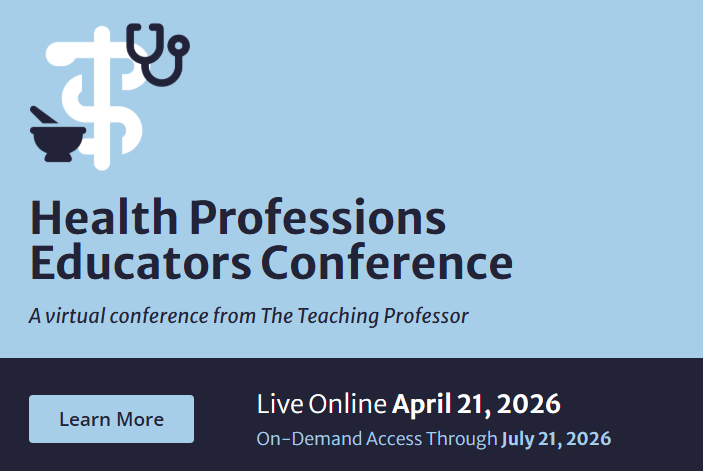
Seven Keys to Improving Teaching and Learning
Most students hate cumulative exams, largely because of the sheer volume of course material they need to study and demonstrate proficiency in. But there’s another reason, especially in courses where there are formulas or specific tools that need to be used, and it has to do with how well they truly understand the course material.




